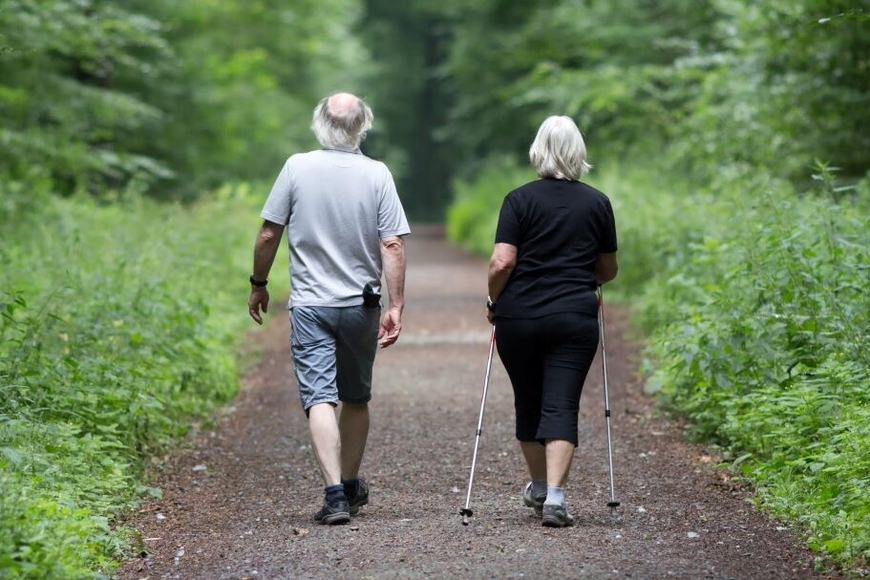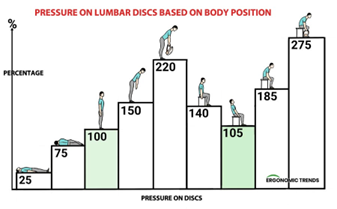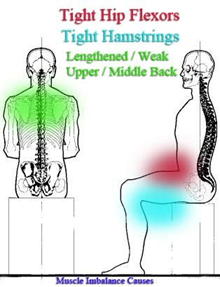Don’t Want Low Back Pain? Keep Moving!

Low back pain…if you’re human and an adult, there’s a good chance you’ve experienced it. Not only is low back pain extremely prevalent around the world, it is also accountable for a major portion of healthcare costs and prolonged disability.
So why is low back pain so common? One major factor is our lifestyle, specifically the amount of time we spend sitting; driving in cars, sitting at desks, watching TV, etc. A sedentary lifestyle can lead to low back pain because sitting, even with good posture, causes more compression on the lumbar discs than standing and walking. Furthermore, sitting with sub-optimal posture or having poor workstation ergonomics can cause even more compression on the spine.

In addition, prolonged sitting can cause our muscles and joints to adapt overtime, eventually contributing to strength and mobility imbalances around the hips and trunk. This can increase our susceptibility to injury during upright activities because our muscles and joints are not used to moving and managing load in those ranges. A good example of this is the classic weekend warrior who sits at their desk 40 hours a week and wonders why they keep injuring their low back after the intense workout they fit in once a week. If you haven’t squatted, lifted something heavy, or rotated your trunk all week, you can’t necessarily expect your body to be prepared to perform those movements the 1 hour a week you fit in a workout.

So how do you make your body more resilient against injury and low back pain? Simply move often and in a variety of ways. It’s not that you can never sit; just don’t sit in the same position too long. Try sitting on the floor, or sitting in a squat position. Perhaps lie on your stomach for a bit while reading or using your laptop. Make sure to utilize your standing desk, but vary your standing position as well. If you have the option, try sprinkling in some mobility exercises during the day instead of, or in addition to, compacting your main exercise to the beginning or end of the day. Try to fit in at least 1-2 small workouts during the week, versus only doing one intense workout on the weekend.
There are so many factors in life we cannot change or control that ultimately influence our lifestyle; most people have to work, drive to their office, and use a computer during the day. However, with a little creativity and mindfulness to move your body just a bit more during your daily activities, you may start to notice improvements in your stiffness and a reduction in your aches and pains.
I’ll end with this thought: Watch how much kids move…how many kids do you know with low back pain?


